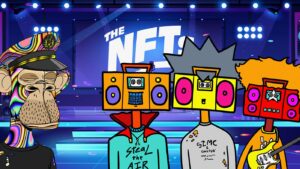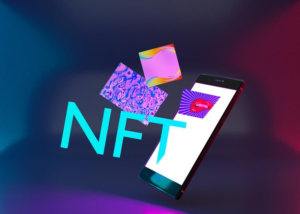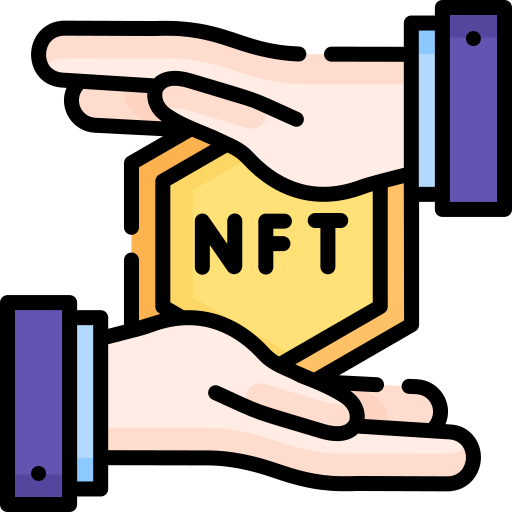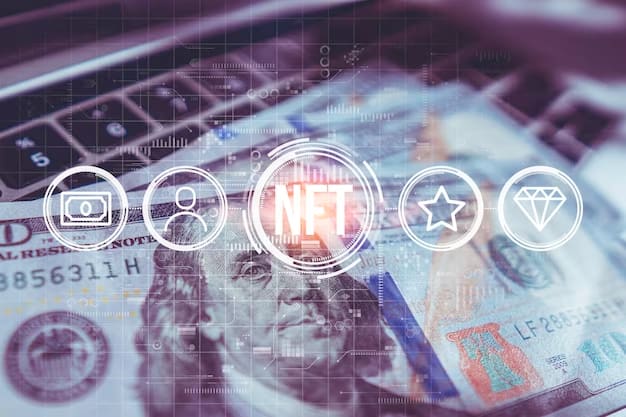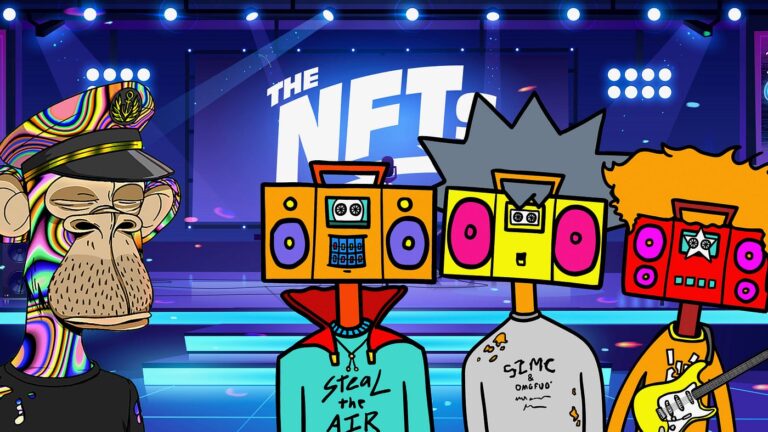If you’ve ever wondered, “What are the expenses involved in creating an NFT marketplace?” or “How much investment is needed for NFT marketplace development?” then you’re asking some smart and relevant questions. And truthfully, given the unique nature of each project, there isn’t a set, one-size-fits-all answer.
The cost of developing an NFT marketplace is influenced by an array of factors, making it a flexible figure that can range significantly. Drawing from industry insight and past projects, we can estimate that the development cost for an NFT marketplace may oscillate between $50,000 and $450,000.
This article aims to shed light on the various elements that shape the final cost of NFT marketplace development. By the end of this read, we hope you would have gained enough understanding to estimate the development expense for your own NFT marketplace.
Essential Considerations for NFT Marketplace Development
As an entrepreneur looking to take advantage of the buzzing NFT and blockchain technology wave, it’s essential to understand the prominent role NFT marketplaces play. These platforms are a boon for artists, designers, and content creators, allowing them to showcase their creativity on a global stage and monetize their creative assets. Investors and art connoisseurs, on the other hand, find NFTs a compelling investment avenue, believing in the potential for price appreciation and unique opportunities for arbitrage.
NFT marketplaces effectively bridge the gap between these two parties – creators and investors. They provide a streamlined platform where NFTs can be effortlessly bought and sold, meeting the supply and demand needs of this burgeoning market.
Understanding the typical features of an NFT marketplace is crucial, because these key features fuel the functionality of these platforms and influence their development cost.
Here are some essential NFT marketplace features:
- Digital Wallet Integration: This simplifies the transaction process by allowing users to pay directly on the blockchain platform, negating the need to navigate to external sites;
- NFT Creation: Some advanced NFT marketplaces offer features that enable users to create and list their NFTs within just a few minutes, adding to the platform’s convenience and appeal.
According to a report by nonfungible.com and L’Atelier BNP Paribas, a tech-tracking firm, the NFT market surged to a staggering $250 million in 2020, marking a fourfold increase from its previous value of $62.9 million in 2019. This exponential growth underscores the immense potential of NFT marketplaces.
Therefore, understanding the costs involved in creating an NFT marketplace is more than a simple curiosity—it’s a pertinent question for anyone hoping to capitalize on the skyrocketing popularity of NFTs. Understanding the development costs and features of an NFT marketplace is the first step towards launching your own successful platform in this exciting digital frontier.
Diverse Categories of NFT Marketplaces
Just as a myriad of digital assets can be turned into Non-Fungible Tokens (NFTs), the variety of NFT marketplaces has also expanded to cater to these diverse offerings. Some marketplaces entertain a broad spectrum of digital collectibles without any limitations on their type, while others hone in on specific niches like art-focused NFT marketplaces, attracting a community with shared interests.
Here are some popular types of NFT Marketplaces:
- Digital Collectibles NFT Marketplace: These platforms are dedicated to a range of digital collectibles, from virtual pets to digital trading cards;
- Gaming NFT Platforms: These cater to the gaming community, where players can buy, sell, or trade in-game assets such as weapons, outfits, characters, and more;
- Real Estate NFT Marketplace: In these marketplaces, digital ownership of real properties or virtual lands is traded;
- Music-focused NFT Marketplace: These platforms facilitate the buying and selling of music tracks, albums, or even the rights to music pieces;
- Investment NFT Marketplace: These are platforms where high-value NFTs, often perceived as digital assets, are traded for investment purposes.
Additionally, NFT marketplaces can be classified into three categories based on the exclusivity of the content they deal in:
- Exclusive NFT Marketplace: These platforms are purposed for the creation, purchase, and trade of unique NFTs issued in limited quantities. Owing to their rarity and exclusivity, these NFTs can command high prices;
Notable examples include SuperRare, Foundation, and KnownOrigin; - General NFT Marketplace: These platforms cater to a wide array of NFTs, varying in style, quantity, price, and features. As a result, they usually record the highest trading volume.
Some renowned general NFT marketplaces are OpenSea, Magic Eden, and ImmutableX; - Specific NFT Marketplace: These marketplaces focus on specific niches such as games, music, or art. The specific nature of these platforms makes selling and trading assets more straightforward and convenient. They also often possess unique features, such as listing statuses that help users track market fluctuations and bid prices.
However, developing a niche-specific NFT marketplace involves careful consideration of whether a large enough user base interested in the specific niche exists and would be willing to participate in the platform. This is a crucial question aspiring NFT marketplace developers need to ponder before proceeding with any development plans.
Estimating the Development Costs of Different NFT Marketplaces
With the variety of NFT Marketplace types, it is crucial to consider which one aligns with your specific goals, target audience, and budget constraints. Each type is distinct and requires different strategic investments, predominantly defined by the expected user base and the type of digital assets to be traded. Security requirements are paramount, especially for platforms trading valuable and exclusive collectibles, which can significantly impact the overall development cost.
Here’s a basic cost estimate for different types of NFT marketplaces:
- Collectibles-Based NFT Marketplace: For a platform centered around digital collectibles, the primary draw is the richness of available content. Therefore, the platform must prioritize a secure and trusted environment for transactions. This, coupled with a user-friendly interface and robust functionality, may require an investment ranging from $60,000 to $250,000;
- Open Marketplaces: Equipped to handle a wide array of NFT types, open marketplaces require a more flexible framework. Though robust, they do not require the exclusive security features tailored to high-value items as in collectibles-based marketplaces. As such, the development cost for open marketplaces might range from $50,000 to $150,000.
It’s important to remember that these figures are rough estimates and the actual cost could vary significantly depending upon a host of factors such as:
- The range and complexity of features you want to includ;
- Geographic location and the associated cost of living, affecting developers’ wages;
- The chosen tech stack and its associated licensing costs;
- Maintenance and update costs following the launch.
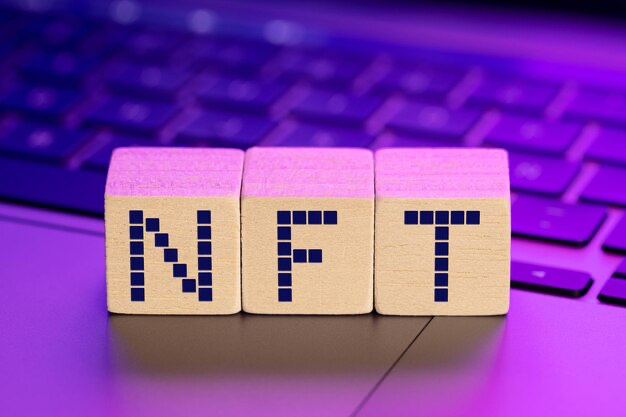
Geographical Factors Impacting the Cost of NFT Marketplace Development
With the global rise of NFTs and the increasing popularity of digital assets, outsourcing the tech stack to specialized agencies has become a prevalent trend. This approach provides the flexibility to engage vendors beyond national boundaries, enabling collaborations across continents. Given this trend, a common question arises, “Does the cost of NFT marketplace development differ across countries?” For example, if you choose a development team in Vietnam versus one in Europe, will the costs be significantly different?
The response to that question is multifaceted and essentially boils down to, “It’s variable”. However, it’s noteworthy to mention that the main features required for NFT marketplace development tend to have similar pricing across vendors located in different countries. This is largely because the underlying technologies and platforms used in developing these marketplaces are uniform globally and not location-specific.
However, the cost of NFT marketplace development can vary on a company-to-company basis due to several reasons:
- Company Reputation: Highly recognized tech companies with a track record of delivering successful projects tend to charge more than startups or lesser-known companies;
- Developer Salaries: The pay scales for developers differ across countries, reflecting the cost of living and prevalent wage standards in each region. For example, a developer in Europe may command a higher salary than a developer from Vietnam;
- Experience Level: The level of expertise and experience of the team members involved in the project also impacts the cost. A seasoned developer with in-depth knowledge and experience will likely demand a higher wage than a newly graduated developer.
Long-term Considerations: The Cost of Maintaining an NFT Marketplace
Launching an NFT marketplace is undoubtedly a remarkable milestone. However, if your vision includes a long-term, sustainable venture, then it is crucial to consider the cost associated with maintaining your NFT platform. An optimally functioning platform with minimal issues is integral to a seamless customer experience, which requires regular performance checks and immediate resolution of any glitches.
The key cost components associated with the upkeep of an NFT marketplace include:
- Server Costs: The server is where your NFT marketplace resides. Keeping it running smoothly round the clock is of utmost priority. This ongoing cost can rack up to an estimated $10,000, depending on your platform’s size and the specifications of the server chosen;
- Third-party Integration Costs: Your NFT marketplace will likely interact with external services, for instance, for payment processing. Integrating and maintaining these connections could cost around $2,000 per year;
- Application Updates: The technological landscape, especially related to blockchain and NFTs, is continually evolving. Thus, your platform needs to stay updated with enhancements and new features to remain competitive. This can cost about $2,000 annually;
- Bug Fixes: No platform is perfect, and troubleshooting is an essential component of any digital offering. An average annual budget for bug fixes could be around $5,000;
- Security Patches: Security is crucial when dealing with digital assets and transactions. Ensuring that your platform is always secured with the latest protection methods will further gain users’ trust. Updating security patches can lead to an annual cost of approximately $10,000.
However, these are ballpark figures and actual costs can vary based on the size and complexity of the platform, frequency of updates, and several other factors.

How To Estimate NFT Marketplace Development Cost
As the cost of NFT Marketplace Development is provisional in different aspects, it’s not easy to estimate exactly. However, considering thoroughly a list of the following aspects could be a great help:
– Team Composition: Setting up a team to develop NFT Marketplace is a must if you want to build in-house. The list of experts for NFT Marketplace creation may require: Solution Architect, Project Manager, Business Analysts, UI/UX Designers, Software Developers, Quality Assurance Engineers, etc. You could pay for them based on payroll, or split the tasks into hours and pay accordingly.
– Tech Partner’s Rates: In some cases, outsourcing a tech agency is a good idea when you do not have enough resources for this expensive investment. That means you should take tech partners’ rates into very thorough consideration. Rates of different tech partners also vary based on locations, expertise, and years of experience, etc.
– The diversity and complexity of features: Most popular NFT Marketplaces have shared must-have features, which make the execution of purchasing and trading more efficient. You could check out these features first, and might then add on others. Please remember that, for a list of essential features, the cost could approximately the same in different vendors, yet the cost for added features might vary.
– Tech stack required: The higher level of complexity is, the more complex the tech stack may be required. And for advanced technologies, it is obvious that you would be charged more. For NFT Marketplace, the tech stack required may include Blockchain Platform, Storage Platform, Token Standard, Wallet Integration, and Frontend Framework. Based on this list, you could choose which technology tools you want to opt for, and estimate the development cost correspondingly.
– Testing, support, and maintenance cost: As mentioned above, the cost of testing, support, and maintenance is crucial as it keeps your platform in optimal operation conditions, don’t forget to include this expense in your NFT Marketplace Development budget.
Final Thoughts
After reading this blog, hopefully you could already answer the question: “How much does it cost to create an NFT Marketplace?”. NFT Marketplace Development Cost is high or low based on your specific requirements, and the number of features you choose. In order to get accurate pricing for developing the NFT trading place, it would be best to approach NFT Marketplace Development Companies, and get the white-label NFT Marketplace customized for you. For that, you could choose a vendor that suits your needs best.
